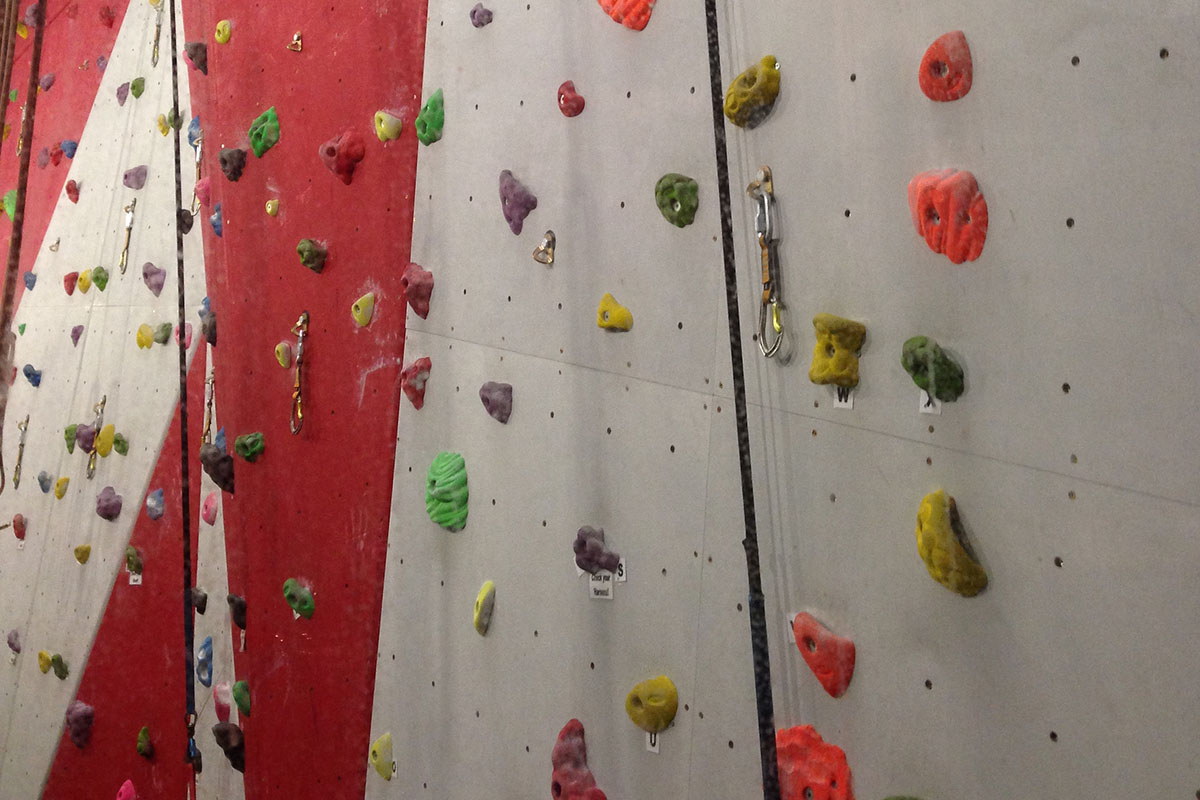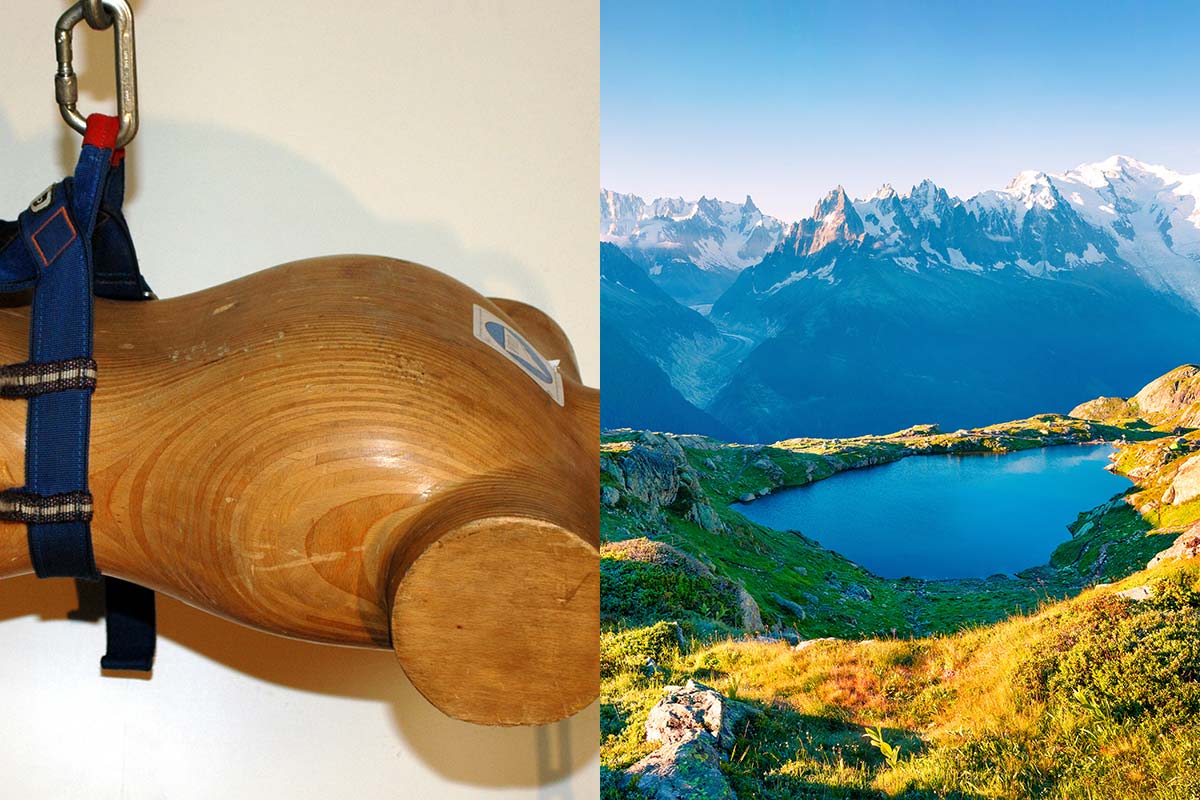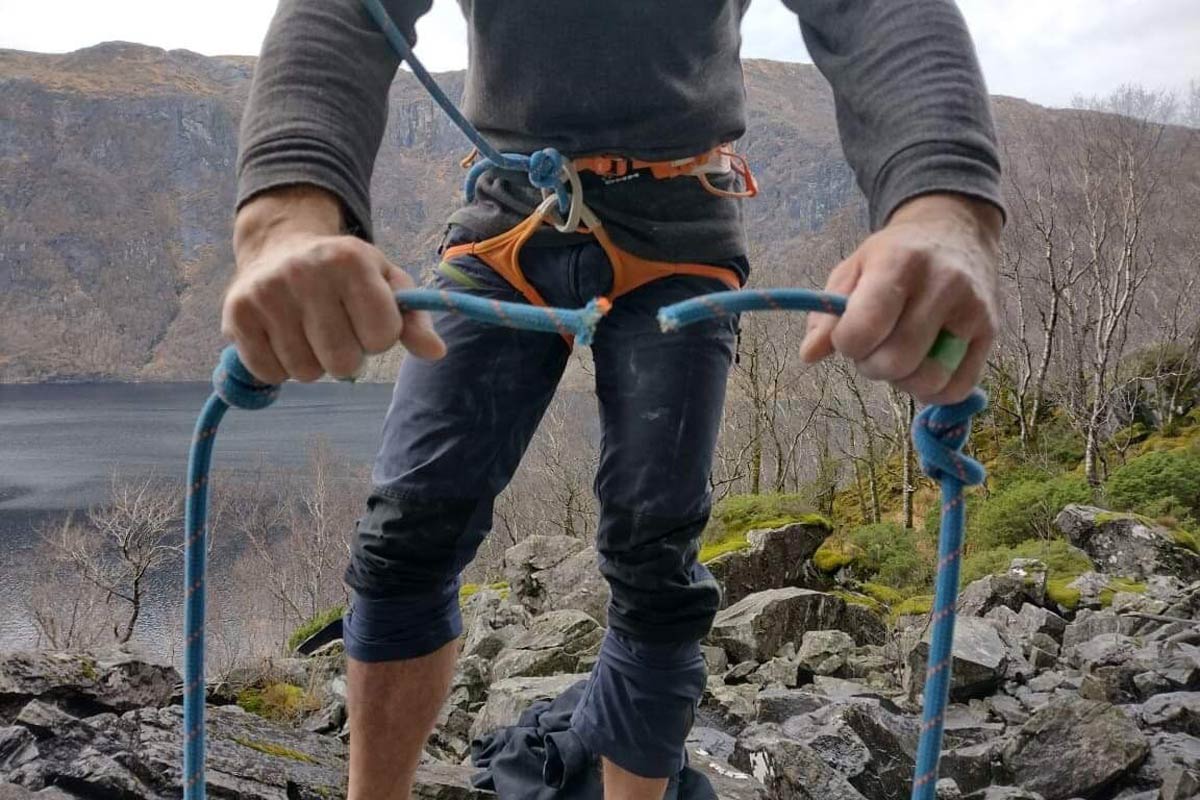Indoor Climbing Walls
Paper examines liabilities for indoor climbing wall operators
The growing interest in climbing indoors has prompted the UIAA Legal Experts Working Group (LEWG) to publish a paper highlighting liability issues faced by operators of indoor walls in North America and the Europe.
A number of lawsuits and their outcomes which have been filed across North America and the Europe (United Kingdom, Spain, France, Belgium, Netherlands) are mentioned in the paper.
One case in France was brought by an injured climber against his own club which had organised a club event in a climbing wall. He was being lowered off the wall but the belayer failed to control the descent. The claim failed because the court considered this to be an inherent risk of an activity in which the claimant participated voluntarily and asserted that he was experienced.
On appeal to the Court de Cassation it was said that there was still a duty of care (obligation securite) and it was referred back to the court of appeal for further consideration. The court of appeal must now determine whether there were any actions that the club/association should have taken and failed to do. The outcome is awaited and is a cause of concern because it may affect how club activities are conducted in the future and the availability and cost of insurance.
Martin Wragg laid out the context for the paper:
The first purpose built indoor climbing walls appeared approximately 50 years ago. The early structures were typically constructed from brick or stone and were crude affairs.
However climbers quickly came to appreciate their value as a training facility and they enabled a significant increase in standards of difficulty. The Leeds University wall in England became famous as its protagonists took the climbing world by storm across Britain and abroad.
The demand for such facilities increased dramatically but users also started to demand facilities that had a greater similarity with “proper” climbs. More imaginative design and new construction materials played a part and modern walls have little in common with their early predecessors.
Alongside this evolution there were other developments, notably the advent of “sports” climbing and bouldering. Those activities have influenced the development and use of climbing walls which in turn have facilitated a continuing increase in climbing standards and the number of participants. In that process indoor walls have become a recreational facility as well as a training facility.
The ever increasing number and accessibility of indoor walls, the development of facilities for novices and the commercial instincts of wall operators has resulted in a dramatic increase in user numbers. No longer are walls the sole province of experienced climbers:they are now widely used by non-climbers and novices. Operators have found that they can increase profits by renting out their facilities for children’s birthday parties or work team bonding sessions.
Equipment hire and provision of instruction to such users are additional revenue streams. With the increased number of walls and us ers there has been a significant increase in the number of accidents and consequent personal injury litigation.
Few statistics are available and the majority of claims have been brought in the lower courts which are not reported. A few have made headlines in one jurisdiction or another and federations sometimes receive reports.
If this article has a bias towards the English experience, that reflects the writer’s personal knowledge. However the report also draws on information provided to the Legal Experts Working Group by representatives of other federations, notably Renee Hopster who prepared two papers during the period that she was chair of that group.
As with all such documents it should be regarded as a work in progress, rather than a finished product.
Read the full document here and the paper on disclaimers and waivers of liabilities here.



